5 Fall Laundry Mistakes That Make Everything from Bed Linen to Clothes Smell Damp – And What to do About It
A few small switches now will keep laundry fresh through to spring


As our closets switch from light summer linens to thick cozy sweaters, laundry suddenly becomes trickier to manage.
Clothes take longer to dry, towels feel less fresh, and even bedding can start to smell musty. According to laundry pros, it isn't your detergent; it's a few seasonal mistakes we all tend to make in the fall.
From drying habits to load management, these are the five fall laundry mistakes that cause damp smells, and the laundry tips to avoid them.
Fall Laundry Mistakes Causing Damp Smells
1. Overloading the Machine with Heavy Fabrics
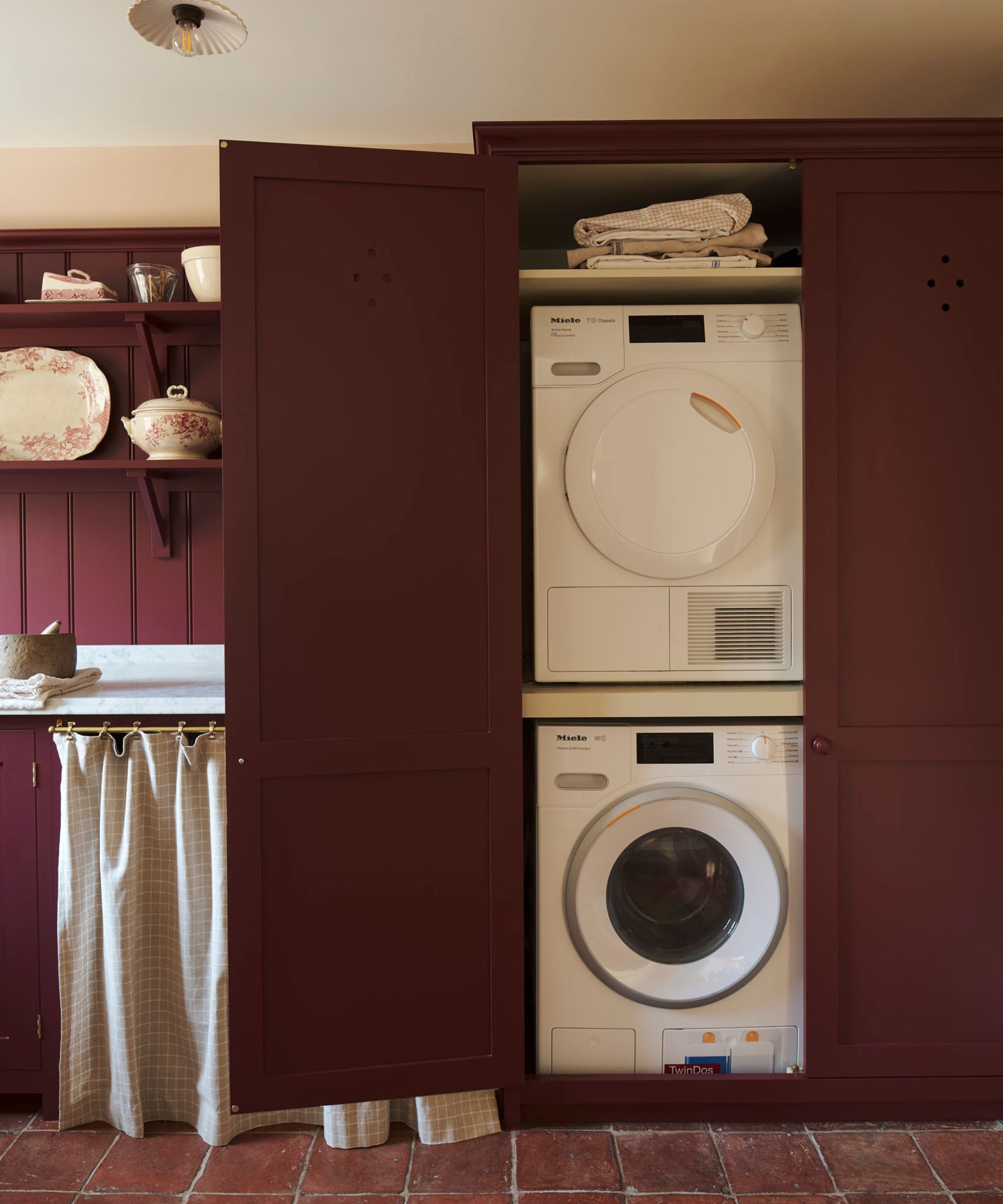
Thicker clothing means adjusting your regular laundry loads.
When we switch from light summer fabrics to thick thermals, we need to adjust how much we put in our washing machines.
Trying to force your normal amount into your best washing machine can not only damage the drum, but this common laundry mistake can also result in uneven washing and musty odors.
Alicia Sokolowski, non-toxic cleaning expert and owner of AspenClean, explains, 'When you wash too many heavy items together, such as jeans, hoodies, or towels, they tend to clump together. This results in water being trapped, and clothes not rinsing or spinning dry properly.
'We recommend washing heavy items separately and leaving about one-third of the drum empty for better movement.'
Design expertise in your inbox – from inspiring decorating ideas and beautiful celebrity homes to practical gardening advice and shopping round-ups.
Then, wash with a non-toxic, unscented detergent, such as Aspen Clean from Amazon, that can protect thick natural fibers from further damage.
2. Drying Without Good Airflow
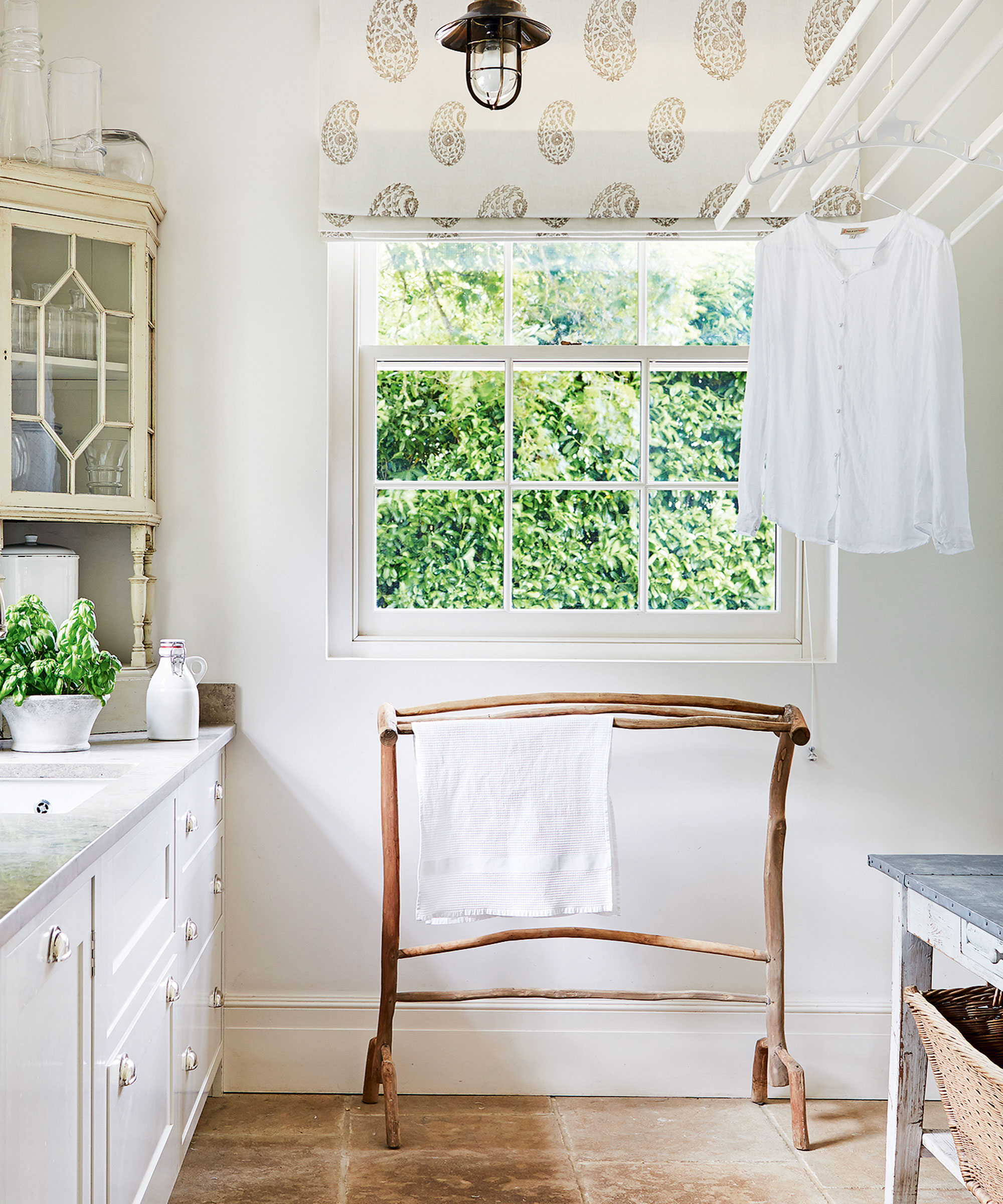
You need to introduce air flow when drying clothes indoors.
There are several benefits to air-drying laundry. When drying clothes quickly indoors in winter, however, you cannot forget about airflow.
Scott Fore, laundry expert and owner of LaundrOclean, warns, 'A common mistake is to dry clothes indoors with no airflow at all. During colder weather, indoor air is both more humid and has less circulation, leaving moisture in heavy fall fabrics and causing a mildew smell.
'If you are drying on a rack, at the very least open a window, turn on an exhaust fan, or even use a dehumidifier to increase air circulation.'
I love using one of the best dehumidifiers, such as the energy-star rated Insignia Dehumidifier from Best Buy, directly underneath my gullwing clothes airer from Walmart to dry clothes quickly and stop the risk of musty odors in their tracks.
3. Not Adjusting Dryer Settings

Your dryer needs to work harder for thicker winter fabrics.
Understanding your tumble dryer temperature guide is a must in the fall if you want to avoid lingering musty odors.
Alicia warns, 'It's important to adjust your dryer settings for specific garments you're trying to dry.
'Dense fabrics often take longer to dry. When you cut the cycle short, it tends to leave hidden damp spots. To combat this, use longer or higher heat settings (if fabric-safe).'
Tom Ceconi, president of Heritage Park Laundry, adds that the shake method can also help to speed up the drying process, helping to release creases and fabric wads.
'Then put them in the dryer with a set of organic wool dryer balls [available from Walmart]. These protect your laundry from the waxy buildup caused by dryer sheets and fabric softener by naturally softening fabric.
'They also speed up drying time by bouncing around among the items in the dryer, which allows air to circulate. This helps your laundry dry without excessive heat or time in the dryer.'
4. Storing Clothes Before They're Dry

Make sure everything is fully dry before you store it to prevent musty smells and mold.
Alicia continues, 'One of the factors that contributes the most to those stale, musty smells on your clothes is the fact that many people store clothes before they're fully dry.
'Note that even slightly damp fibers can grow mildew in drawers or closets. After the drying cycle in a dryer, let clothes air out for an hour or run a short “air fluff” cycle before folding.'
You can also add hanging moisture absorbers from Walmart into your closet to help tackle any condensation caused by heating.
5. Neglecting the Dryer Vent

Cleaning your dryer can improve efficiency and help with fall and winter energy bills.
Cleaning a dryer vent is a must year-round, but it is especially important in winter when clothes take longer to dry, and thick garments and bedding release more lint and fibers.
Alicia explains, 'A clogged dryer vent or lint trap can cause poor airflow, resulting in longer dry times and damp clothes.
'I recommend cleaning the lint filter after every use and the vent duct every few months.' This dryer hose kit from Walmart makes light work of this tedious task.
What to Shop
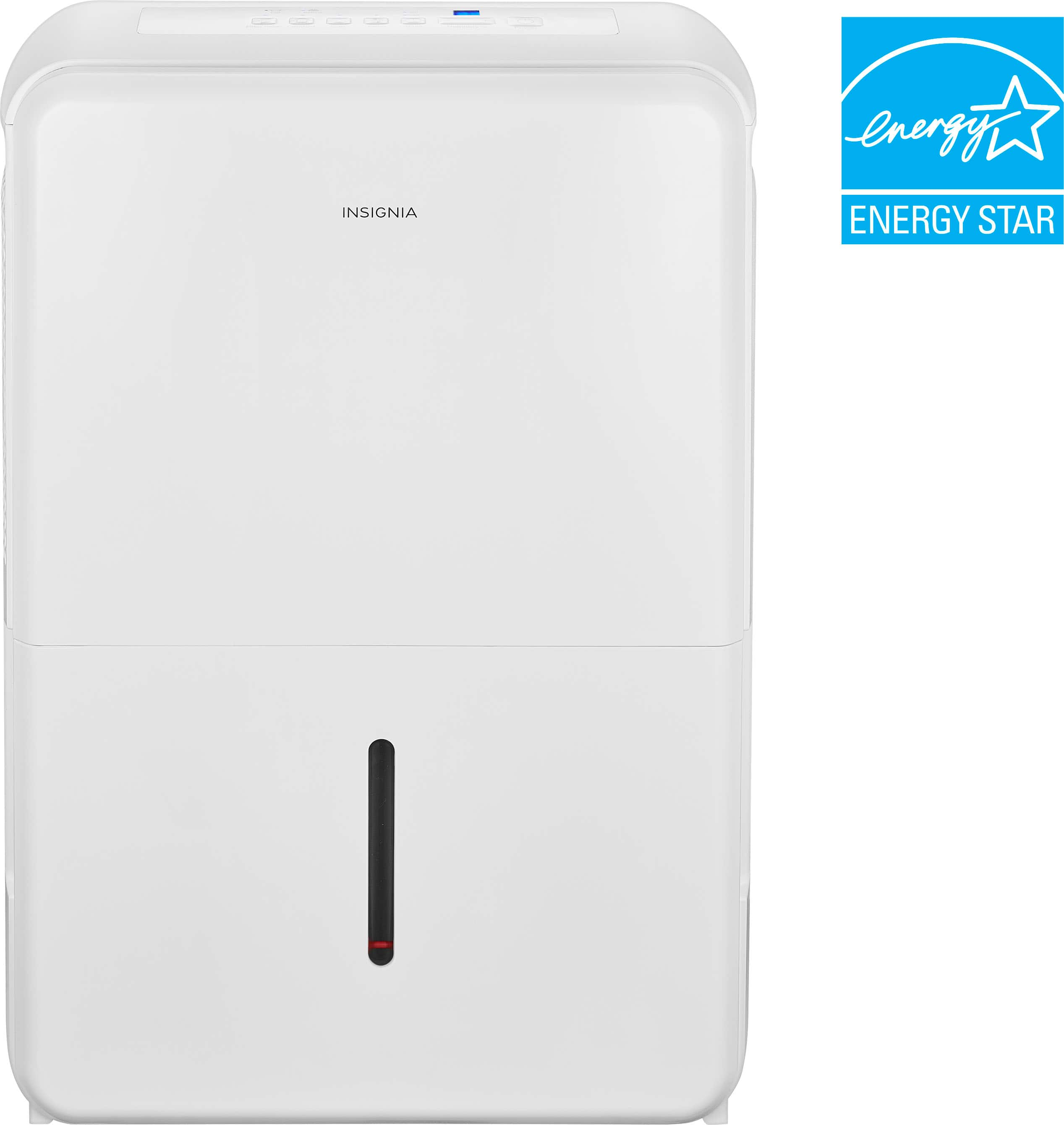
Dry clothes quickly indoors in winter with a dehumidifier. Position it beneath your laundry to blow dry air over the clothes and speed the process up.
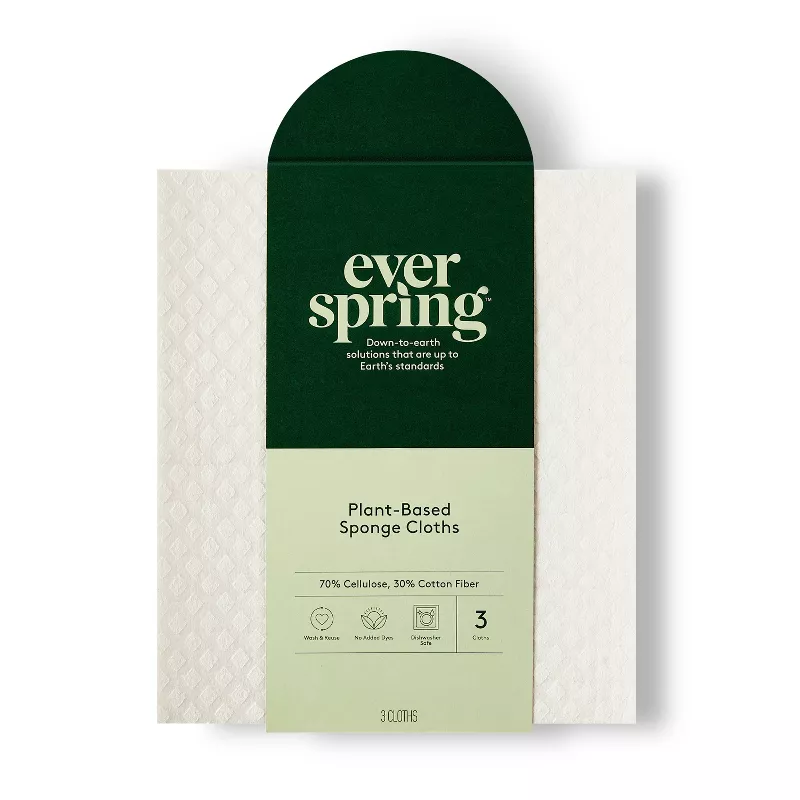
Sponge cloths are plant-based, meaning they are free from plastics and decompose in compost heaps in around 10 months, making them a eco-friendly, hygienic alternative to traditional sponges and paper towels for wiping out your washer and dryer to remove moisture and prevent mold.
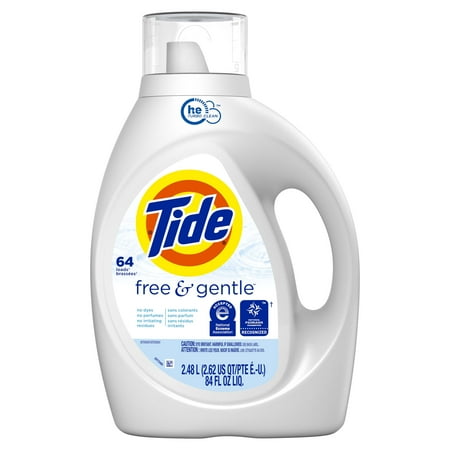
Tide free & Gentle is ideal for people with allergies, as it contains no artificial dyes or fragrances.
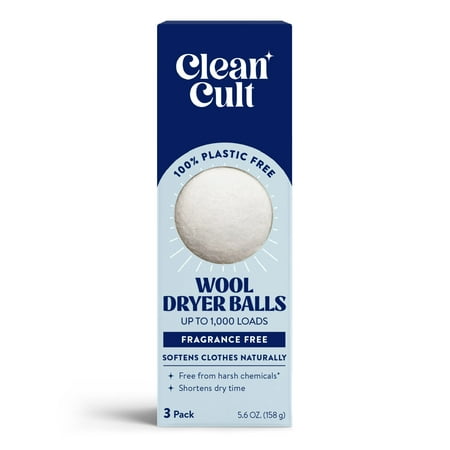
Dryer balls are a great dryer sheet alternative that will break up and fluff up your laundry for even drying and softer bedding.
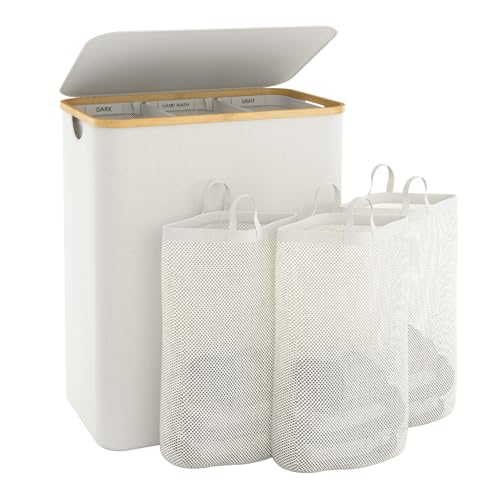
This extra-large laundry hamper is perfect for busy households, with three removeable bags to make sorting laundry super simple in the fall.
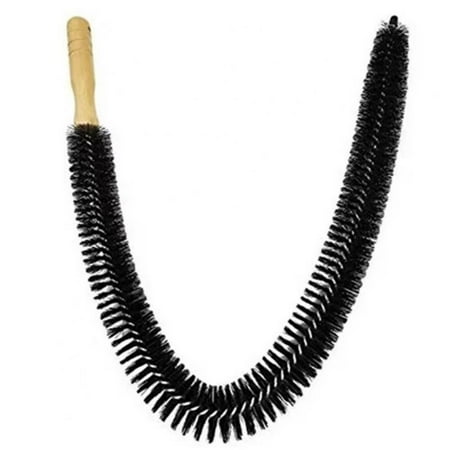
This hand dryer brush is perfect for pulling all of the lint from your dryer, improving efficiency and negating a common home fire risk.
Meet the Experts

With over 17 years of experience, Alicia specializes in creating a healthier, green alternative to chemical-based cleaning products and services. AspenClean provides all-natural, chemical-free cleaning services that have revolutionized the cleaning industry and changed the way people clean their homes.
Scott Fore is a seasoned laundry expert and owner of LaundrOclean, a top-rated laundromat located in Largo, Florida.

Tom grew up working in his parents linen and bath store, and has blended his hands-on expertise with his background in technology to lead multiple luxury home textiles brands. He knows better than anyone how to banish bad odors for good.
Fall and winter laundry doesn't have to take forever to slug though. There are some laundry rules you can break to save time.

Chiana has been at Homes & Gardens for two years and is our resident 'queen' of non-toxic living. She spends most of her time producing content for the Solved section of the website, helping readers get the most out of their homes through clever decluttering, cleaning, and tidying tips. She was named one of Fixr's top home improvement journalists in 2024.
You must confirm your public display name before commenting
Please logout and then login again, you will then be prompted to enter your display name.